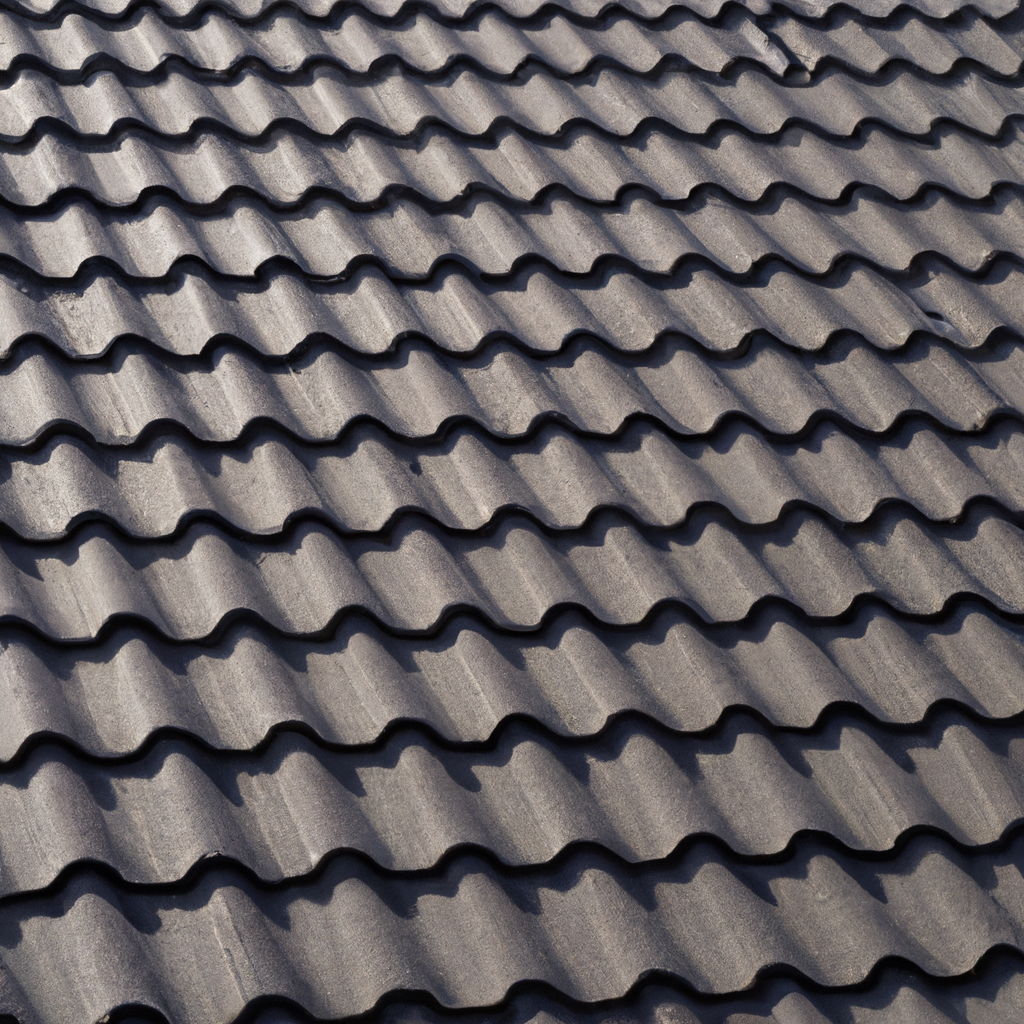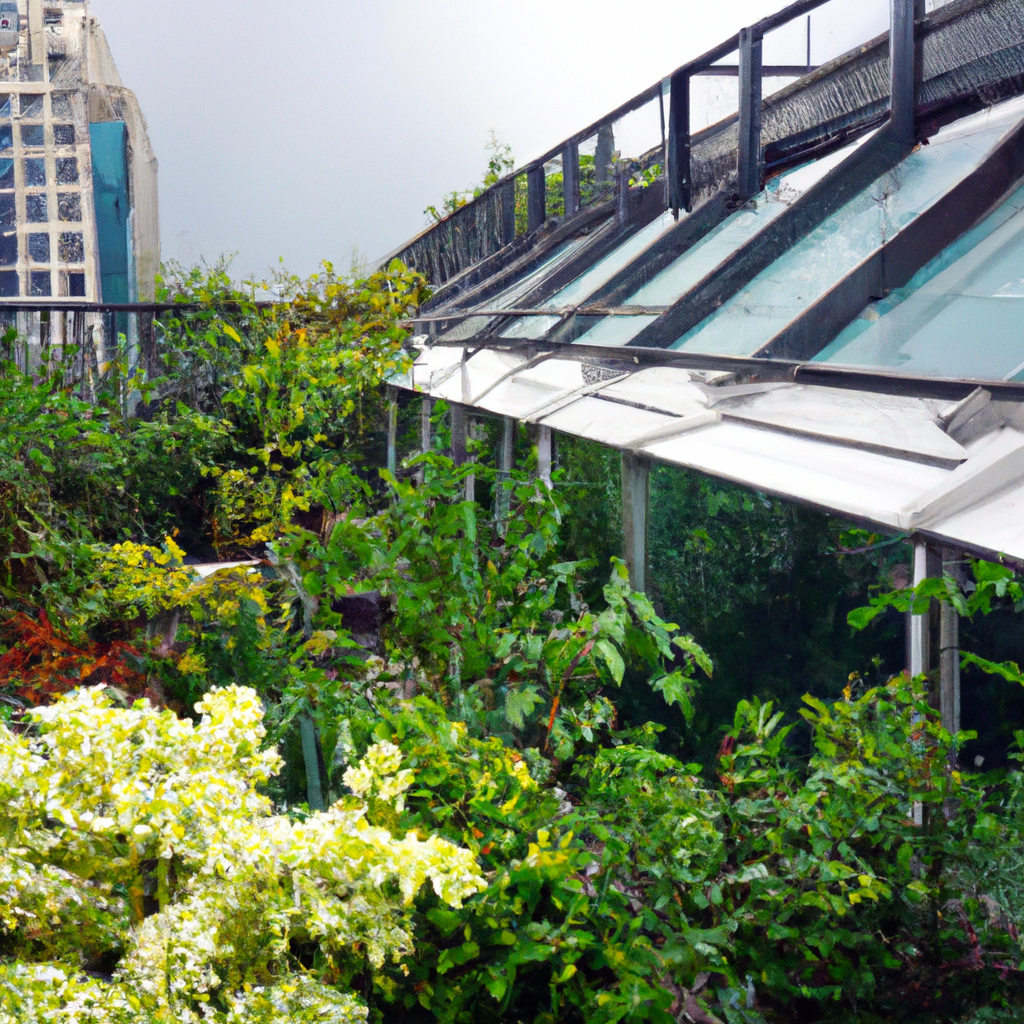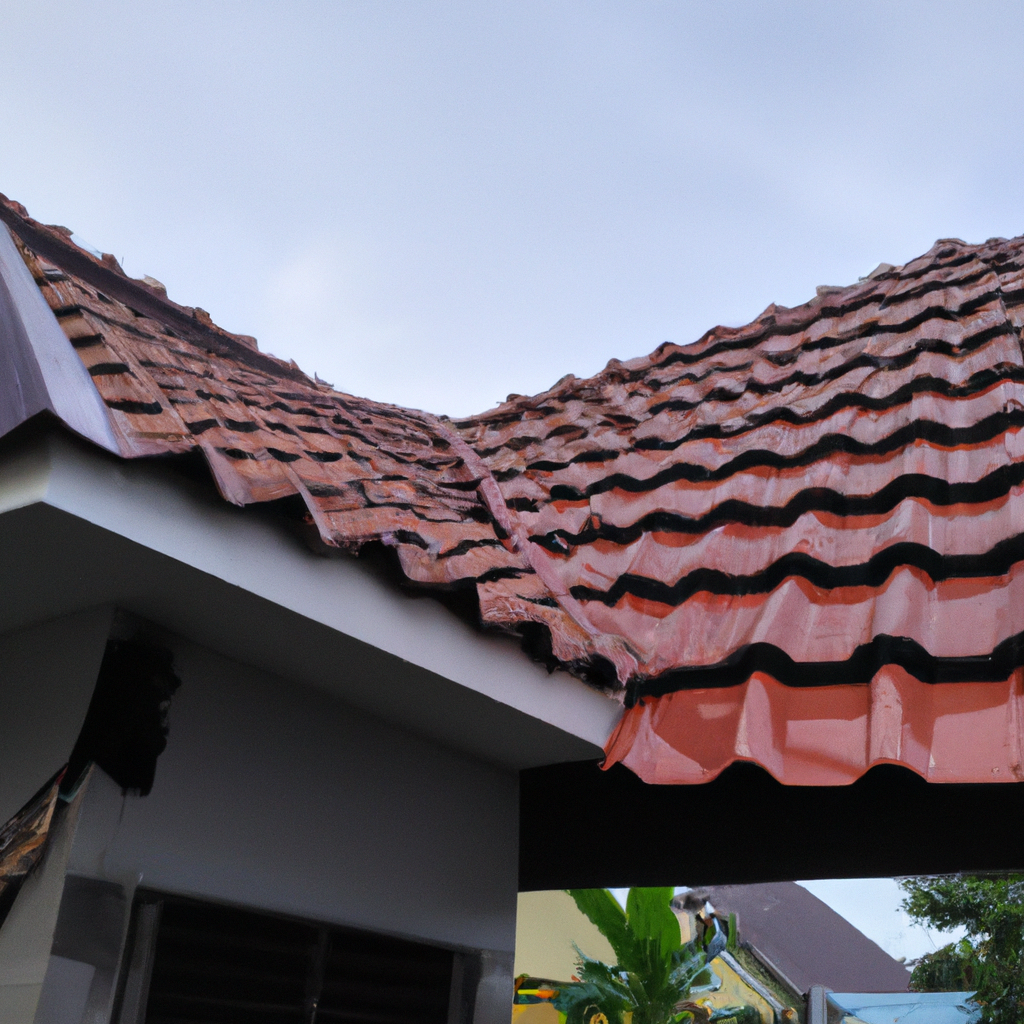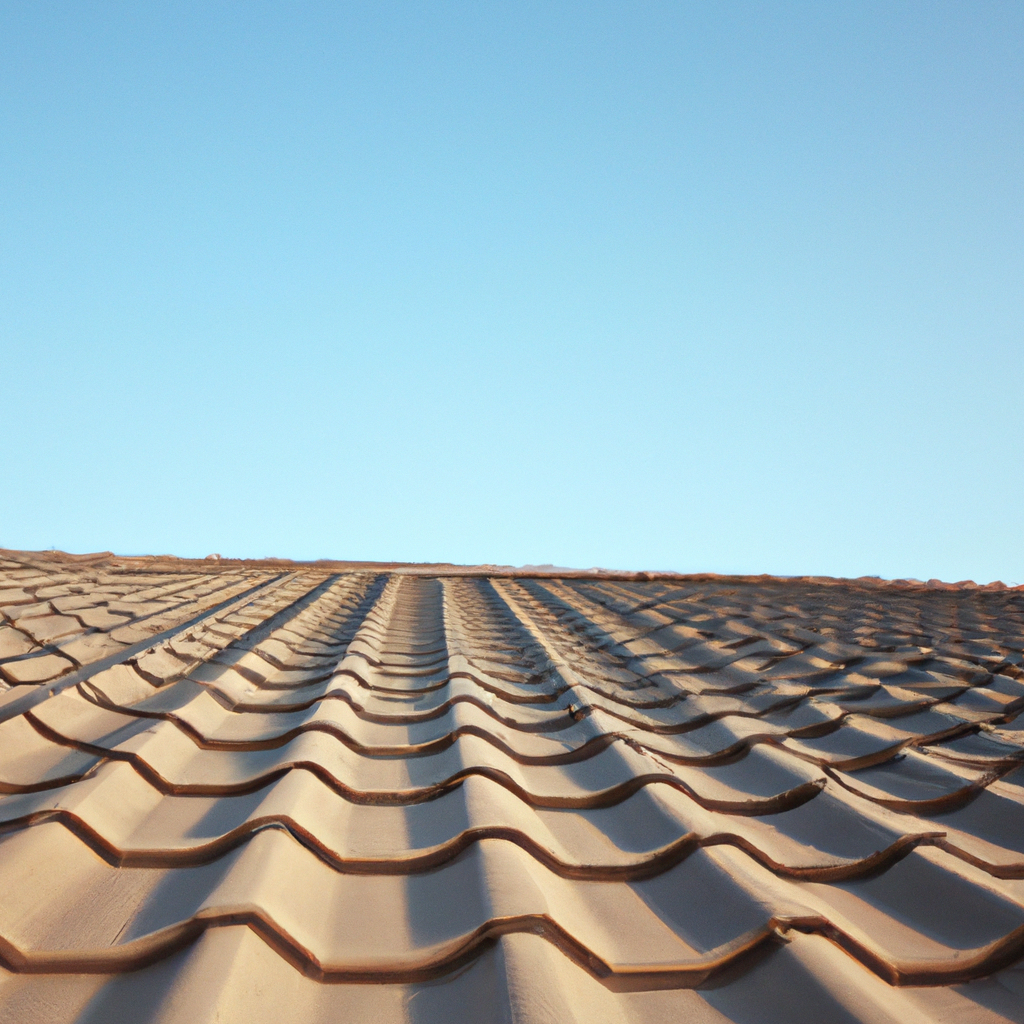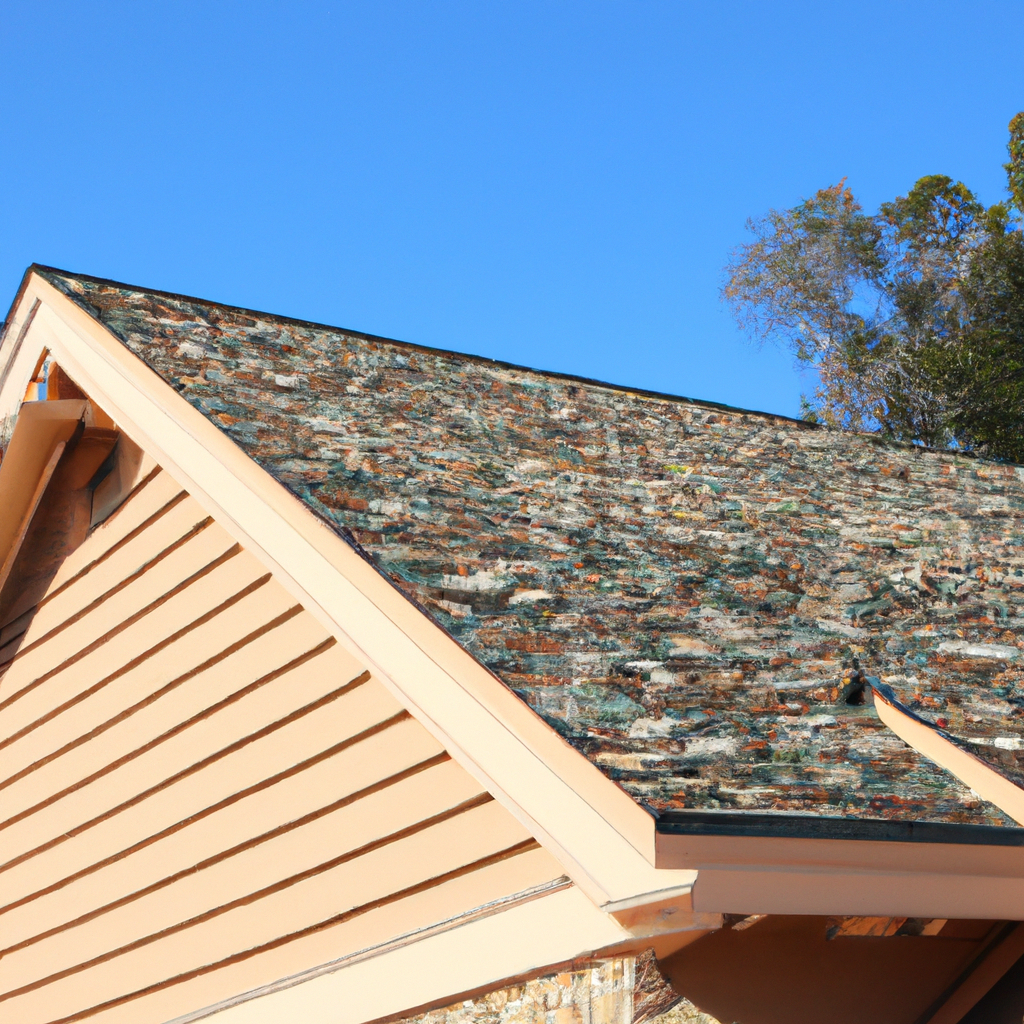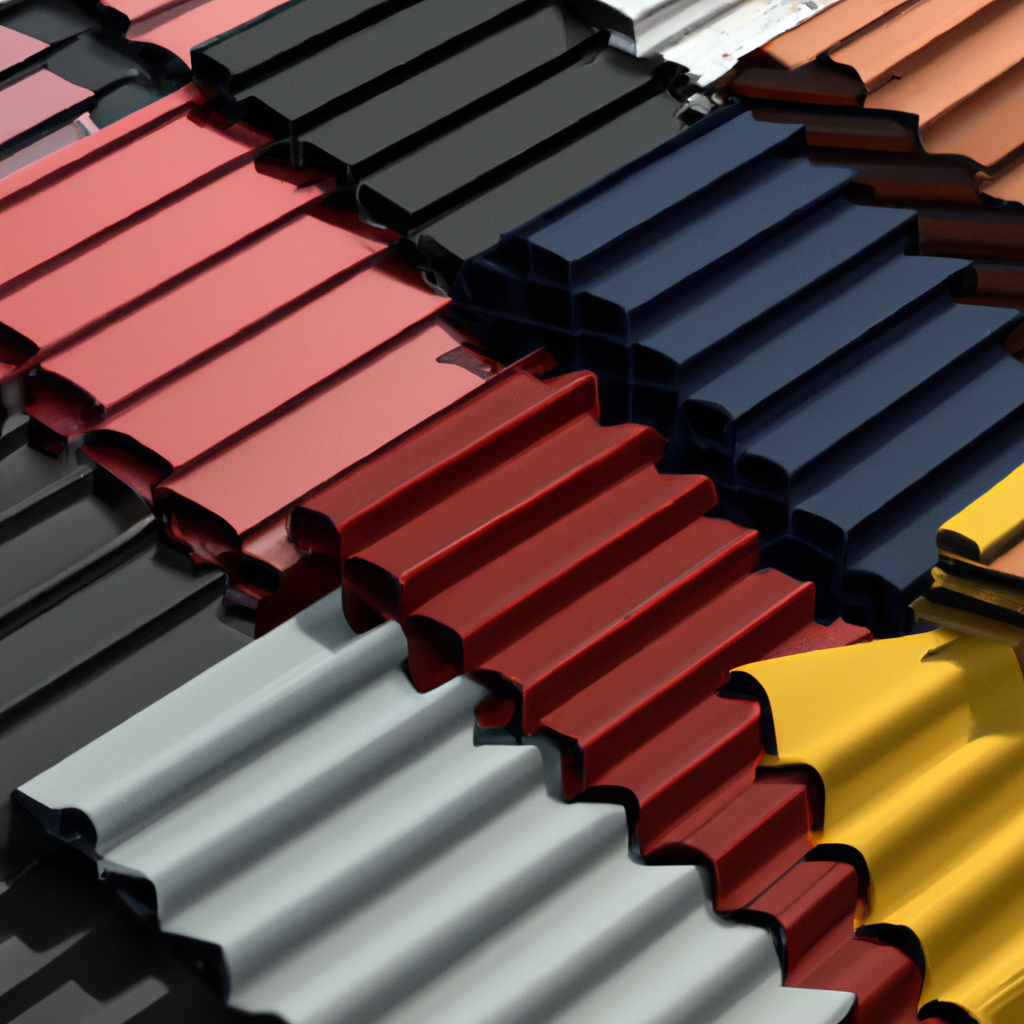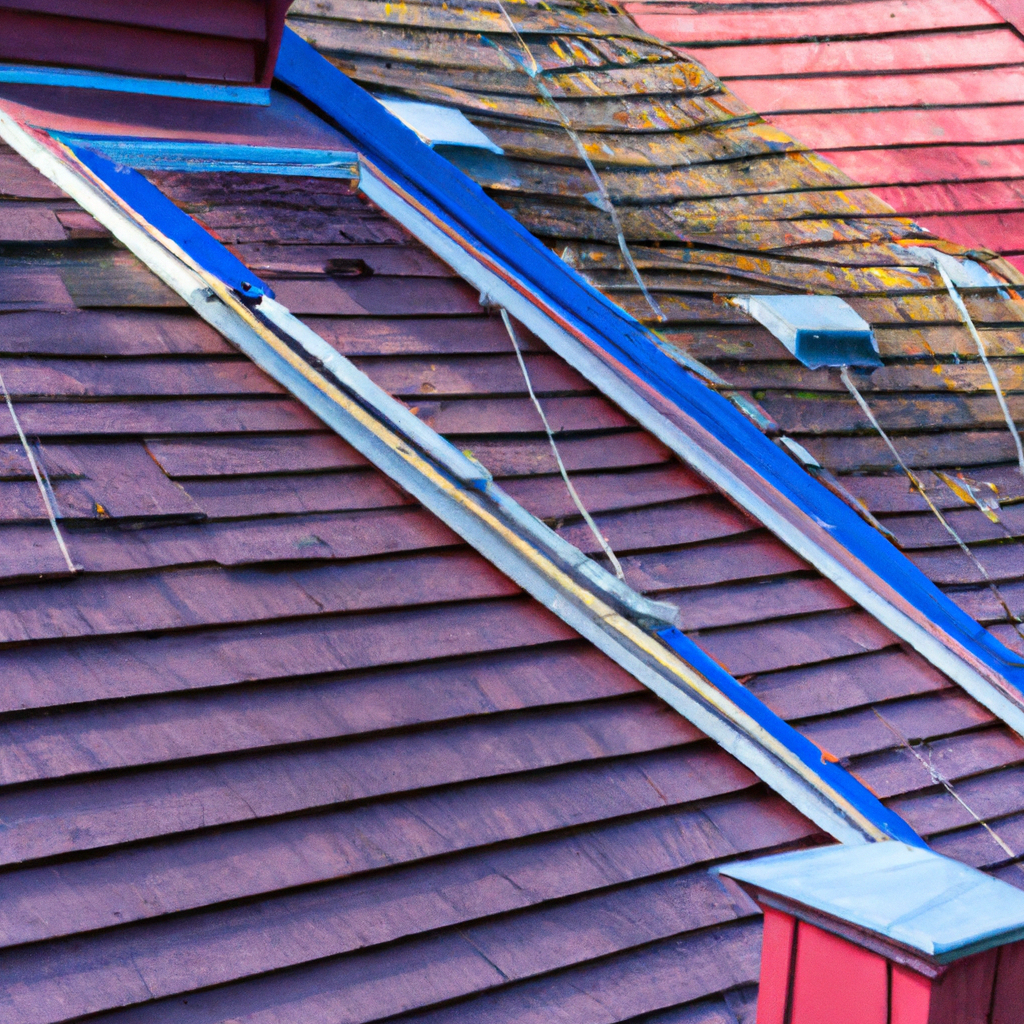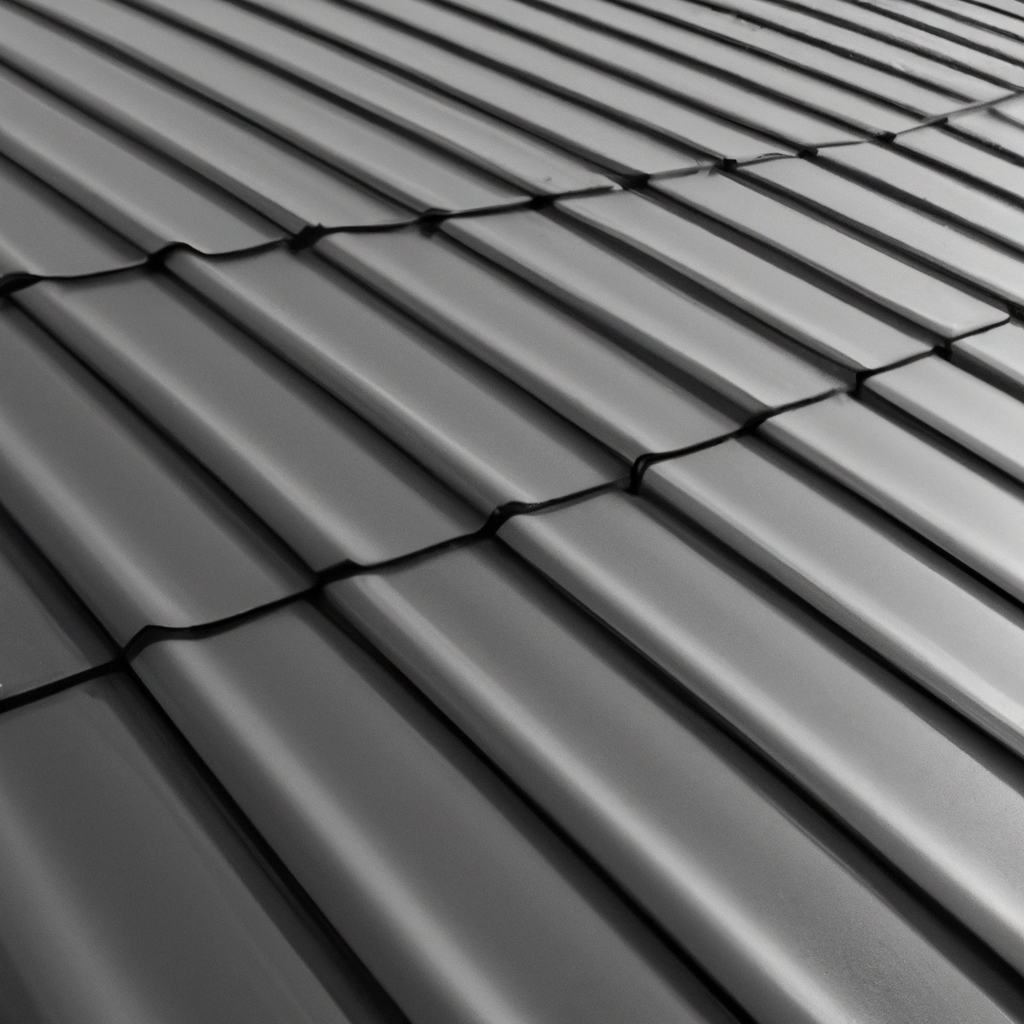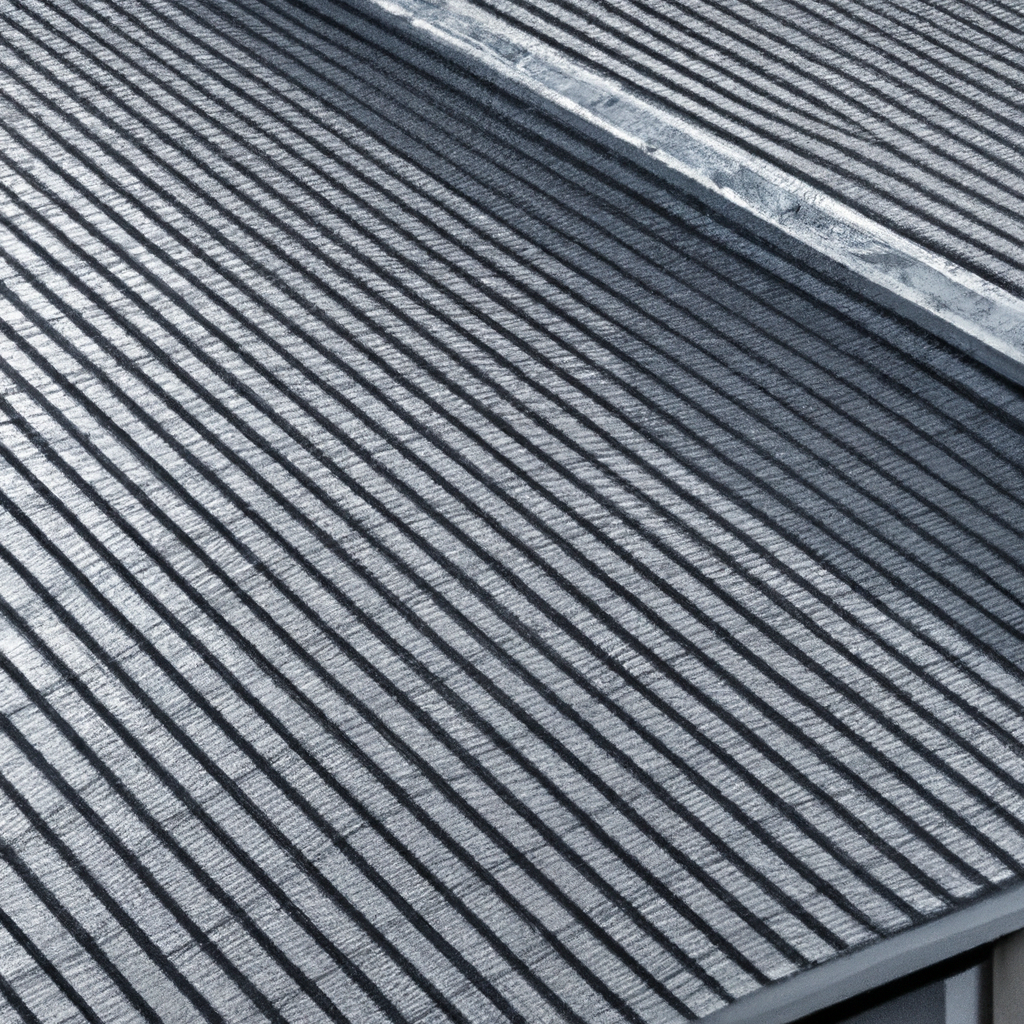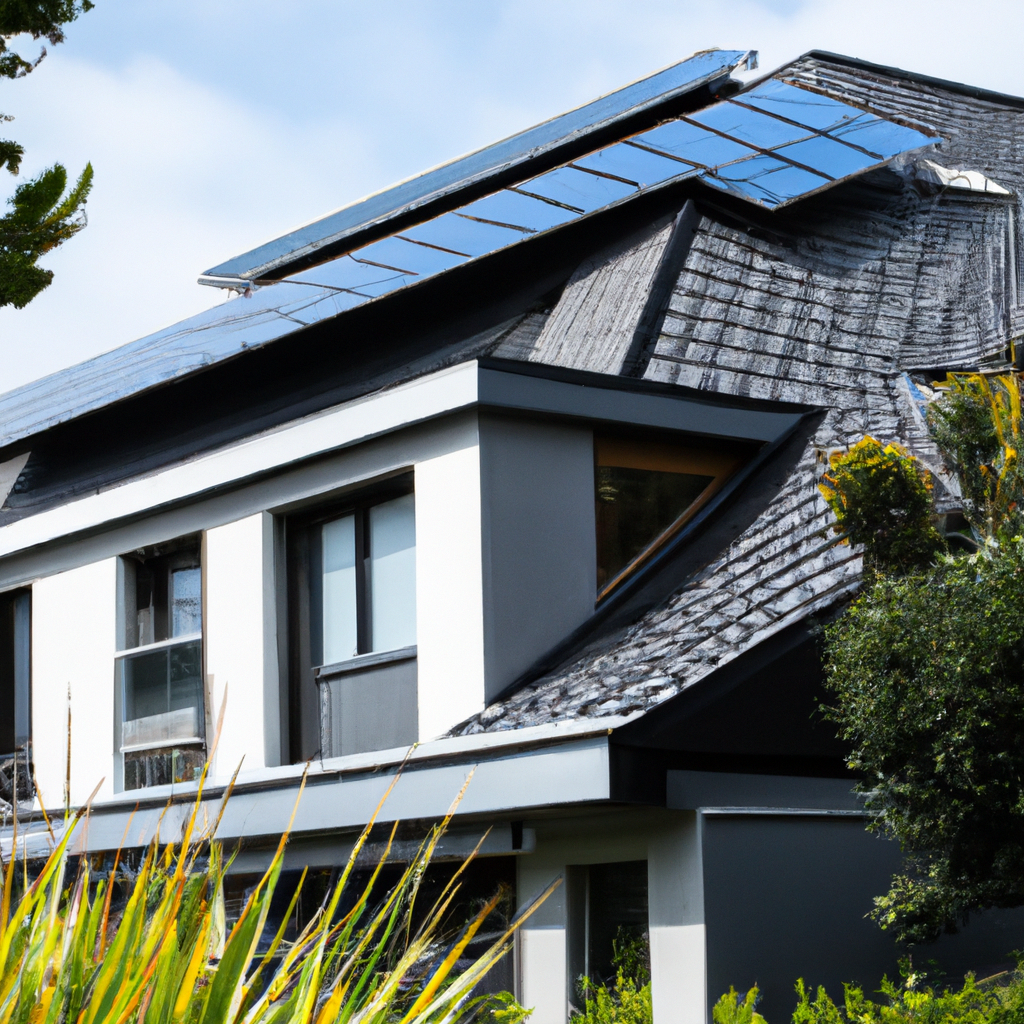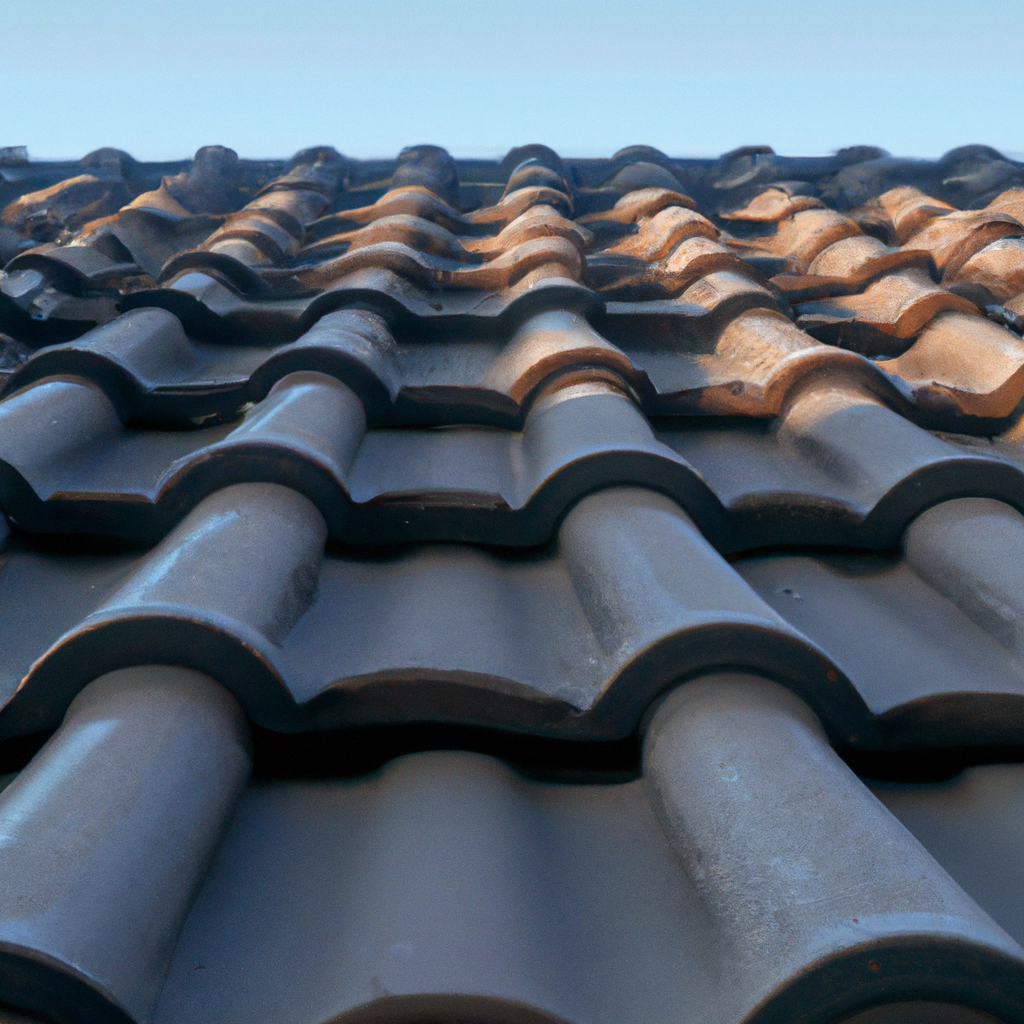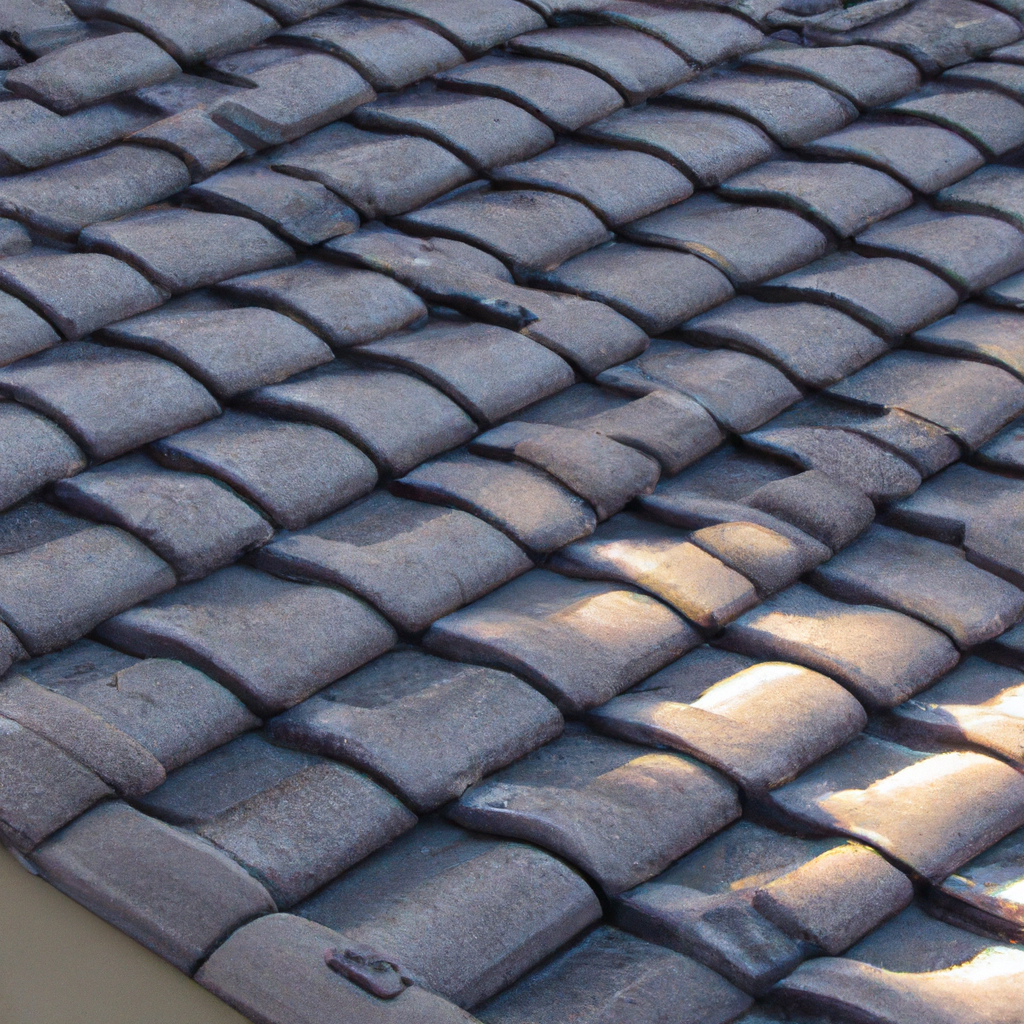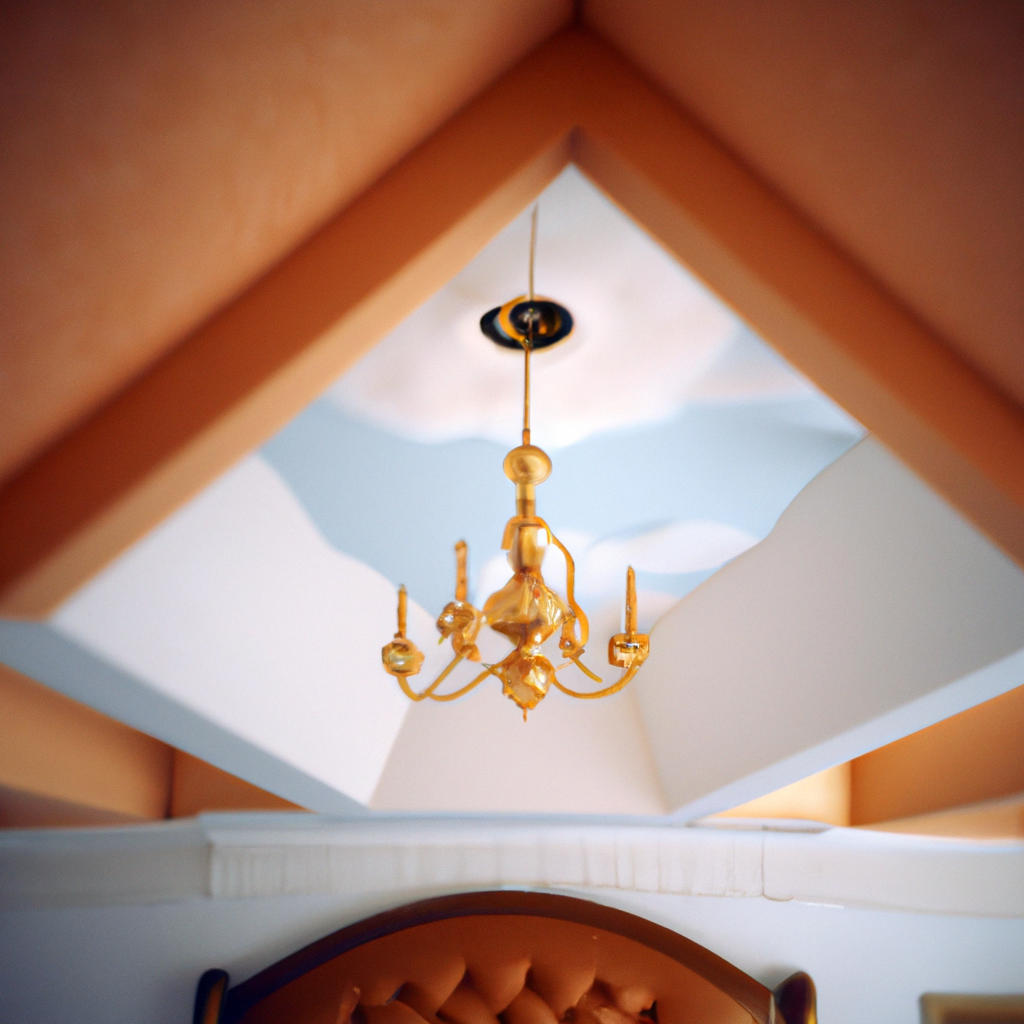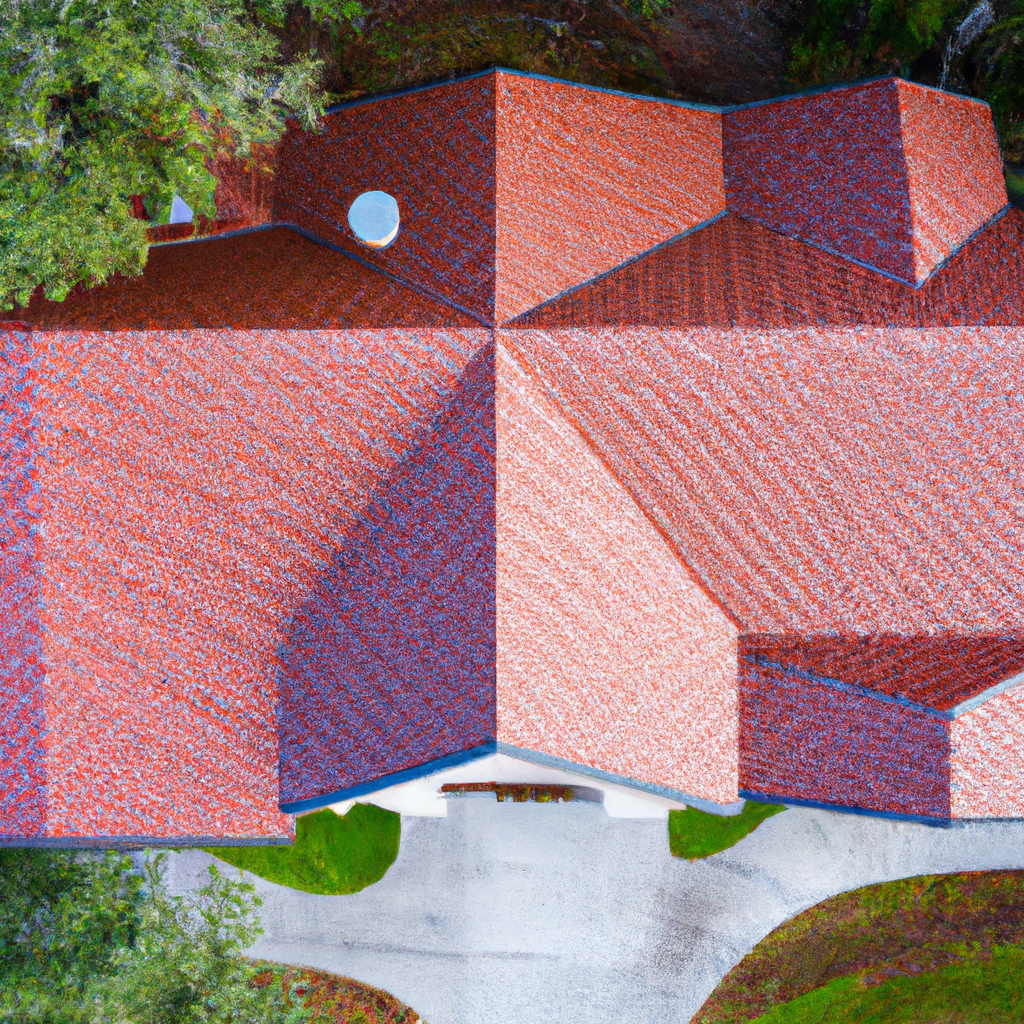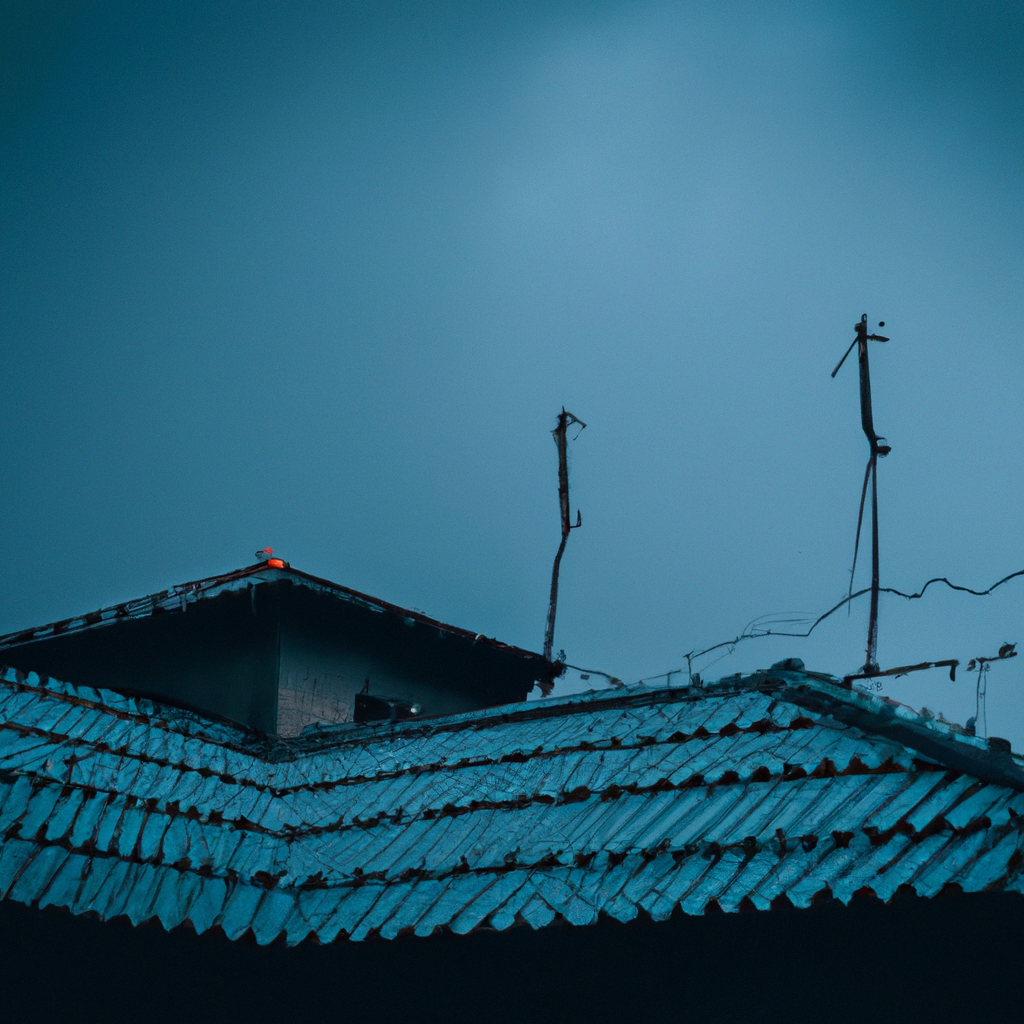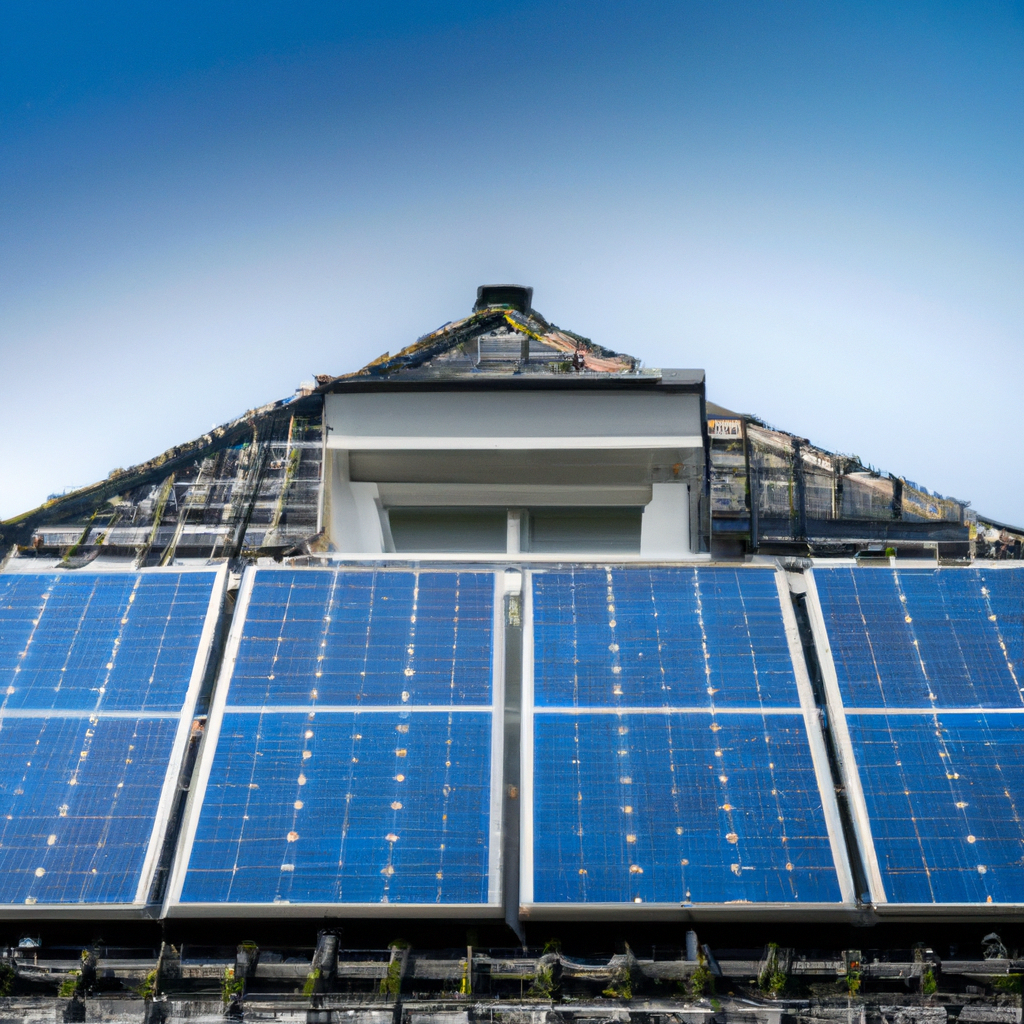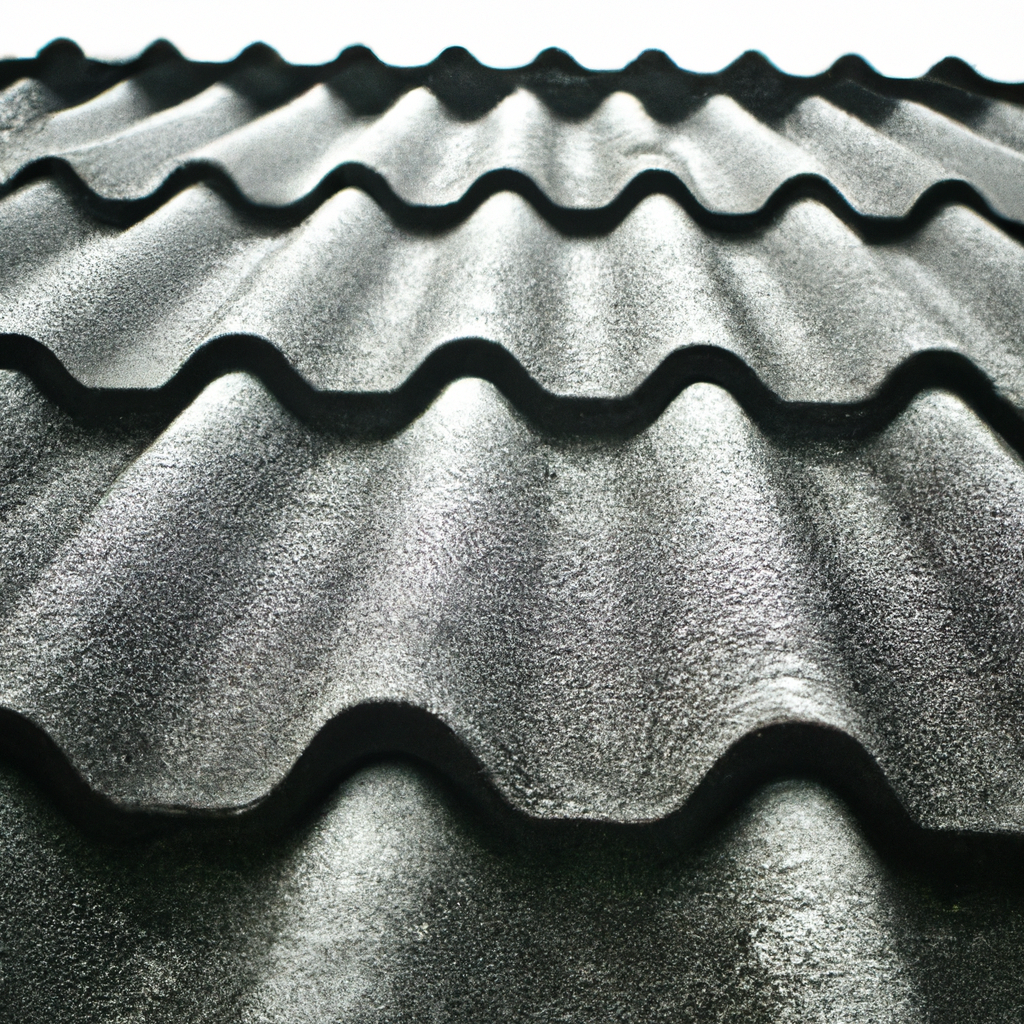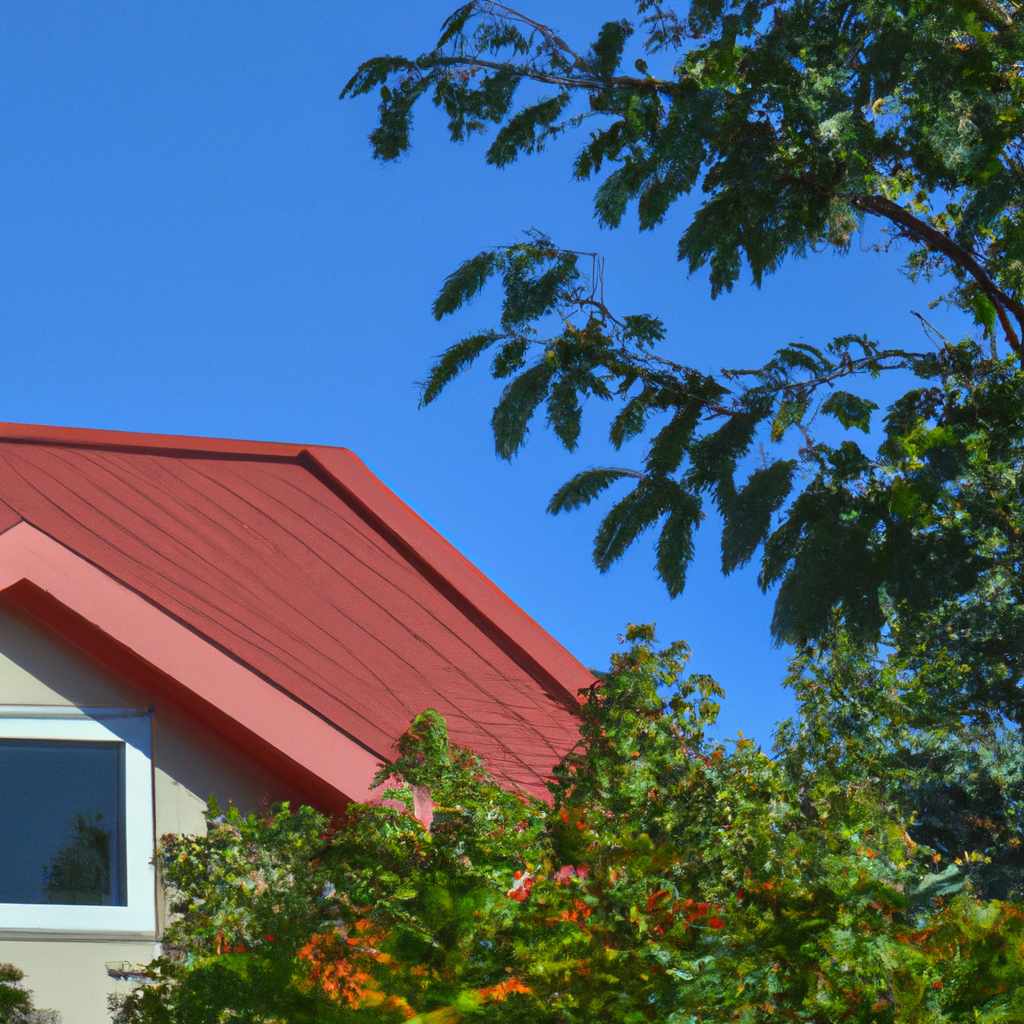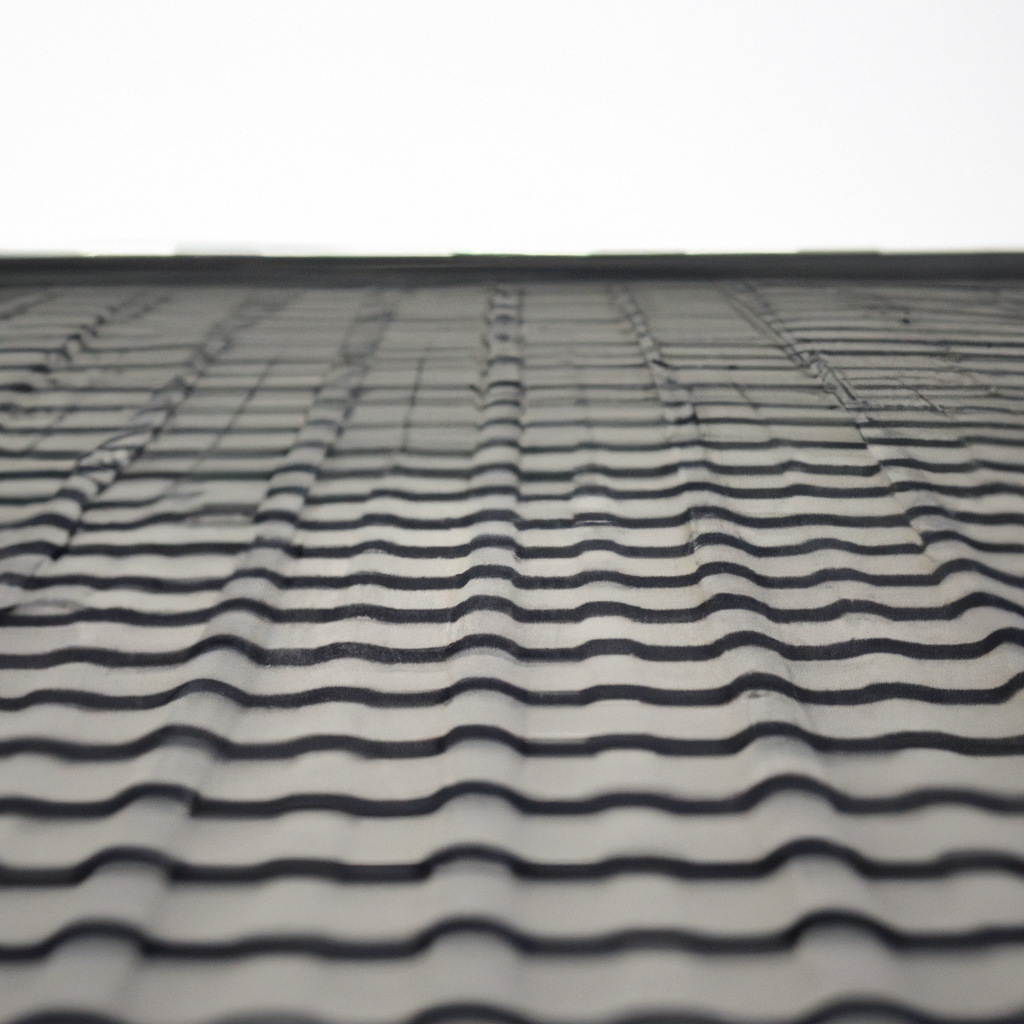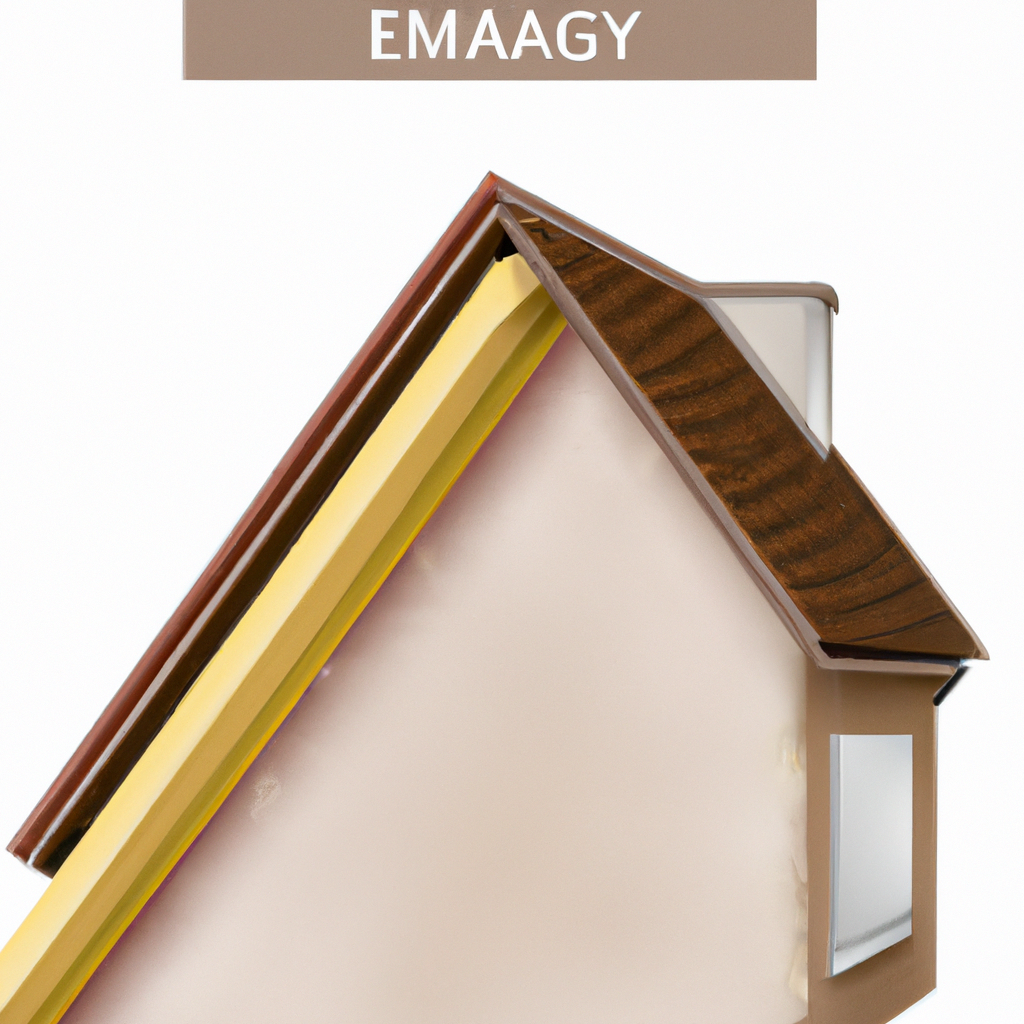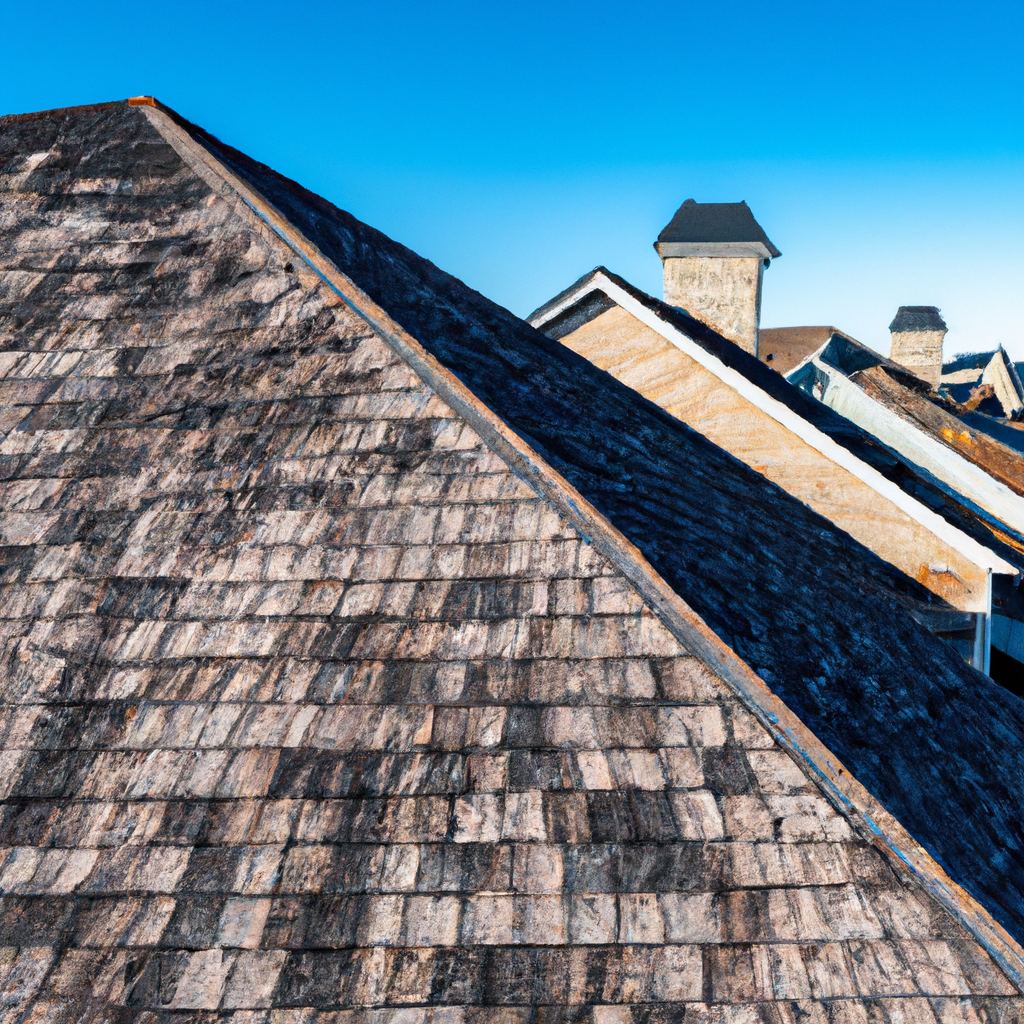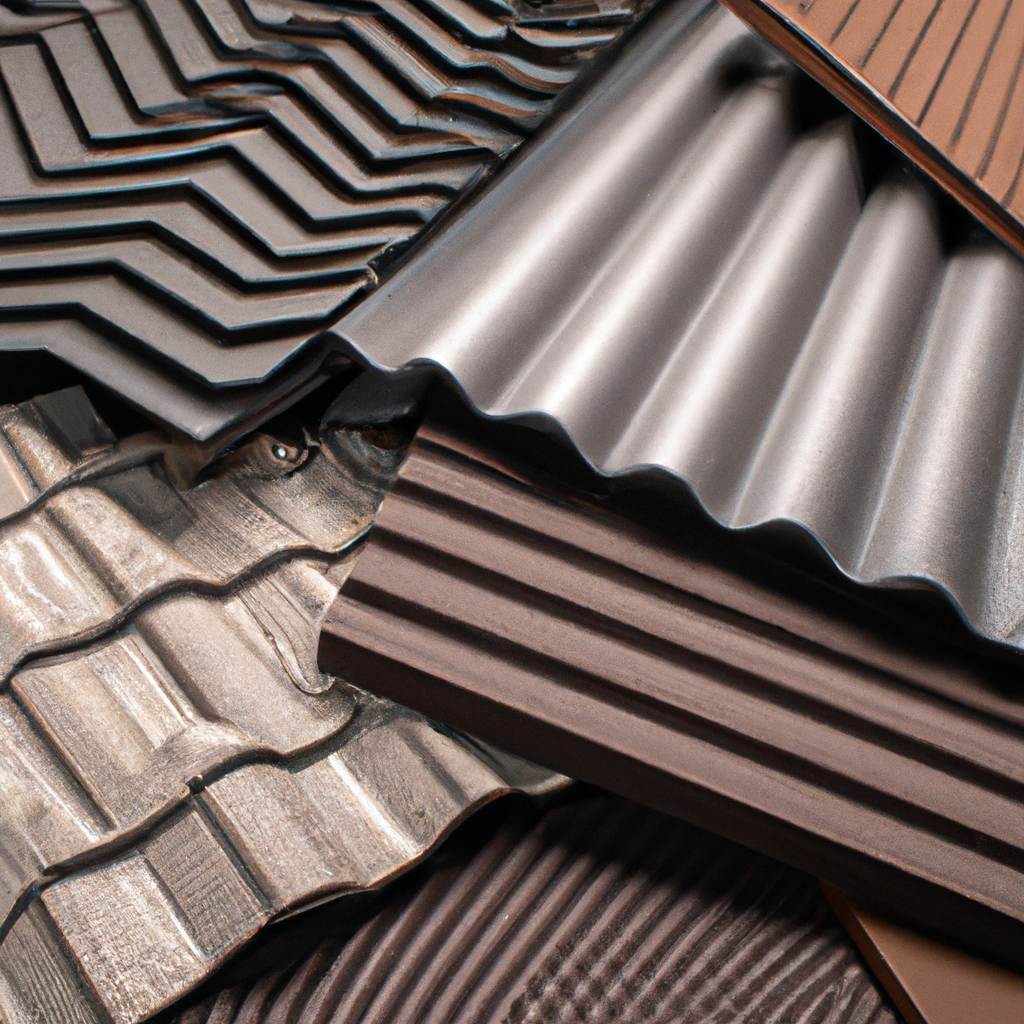
If you have noticed black mould on your roof, it’s essential to know the truth about what it is, how it forms, and its potential dangers. In this article, we will explore the topic of black mould on roofs, including its causes, effects, and ways to prevent and remove it.
What is black mould?
Black mould, also known as toxic black mould, is a type of fungus that grows in damp, humid environments. It can appear on various surfaces, including walls, floors, ceilings, and roofs, and can cause health problems if left untreated. Black mould is often associated with water damage or excessive moisture, which can result in its growth.
How does black mould form on roofs?
Black mould on roofs usually forms in areas that are frequently exposed to moisture, such as the corners and edges of roofs, where water tends to accumulate. It can also develop on the underside of shingles, in the attic, or on the roof decking. When exposed to moisture, the spores of black mould can germinate and grow, forming colonies that can spread quickly.
What are the potential dangers of black mould on roofs?
Exposure to black mould can cause a range of health problems, including respiratory issues, allergies, and infections [3][4]. In rare cases, it can also lead to more severe medical issues in people with other health complications. Moreover, black mould on roofs can compromise the structural integrity of the roof and cause damage to the underlying materials, leading to costly repairs.
How can you prevent black mould from forming on your roof?
Preventing black mould on your roof requires minimizing moisture levels and addressing any water damage as soon as possible. Here are some preventive measures you can take:
1. Keep your roof clean and clear of debris
A clean roof is less likely to retain moisture and promote black mould growth. Regularly remove any debris, such as leaves or branches, from your roof.
2. Ensure proper ventilation in your attic
Poor attic ventilation can trap moisture and promote the growth of black mould. Make sure your attic is adequately ventilated to prevent moisture buildup.
3. Repair any leaks or water damage
Promptly fix any leaks or water damage to prevent moisture buildup, which can lead to black mould growth.
4. Install a dehumidifier
If your home is prone to high humidity levels, consider installing a dehumidifier to reduce moisture levels in the air.
How can you remove black mould from your roof?
Removing black mould from your roof requires specialized equipment and expertise. It’s essential to hire a professional roofing contractor who can safely and effectively remove the mould and prevent it from returning. Here are some steps a roofing contractor may take to remove black mould from your roof:
1. Assess the extent of the mould growth
A roofing contractor will first assess the extent of the mould growth and determine the best course of action.
2. Set up containment and protective measures
The contractor will set up containment and protective measures to prevent the spread of mould spores to other areas of your home.
3. Remove the mould
The contractor will use specialized equipment and techniques to remove the mould from your roof safely.
4. Clean and sanitize the affected area
After removing the mould, the contractor will clean and sanitize the affected area to prevent any remaining spores from growing.
Conclusion
Black mould on your roof is a serious issue that requires immediate attention. It can compromise your health and the structural integrity of your home, so it’s essential to take preventive measures and address any water damage or leaks promptly. Regular roof maintenance, proper ventilation, and humidity control can help prevent black mould from forming on your roof. If you do notice black mould on your roof, it’s crucial to hire a professional roofing contractor who can safely remove the mould and prevent it from returning.


